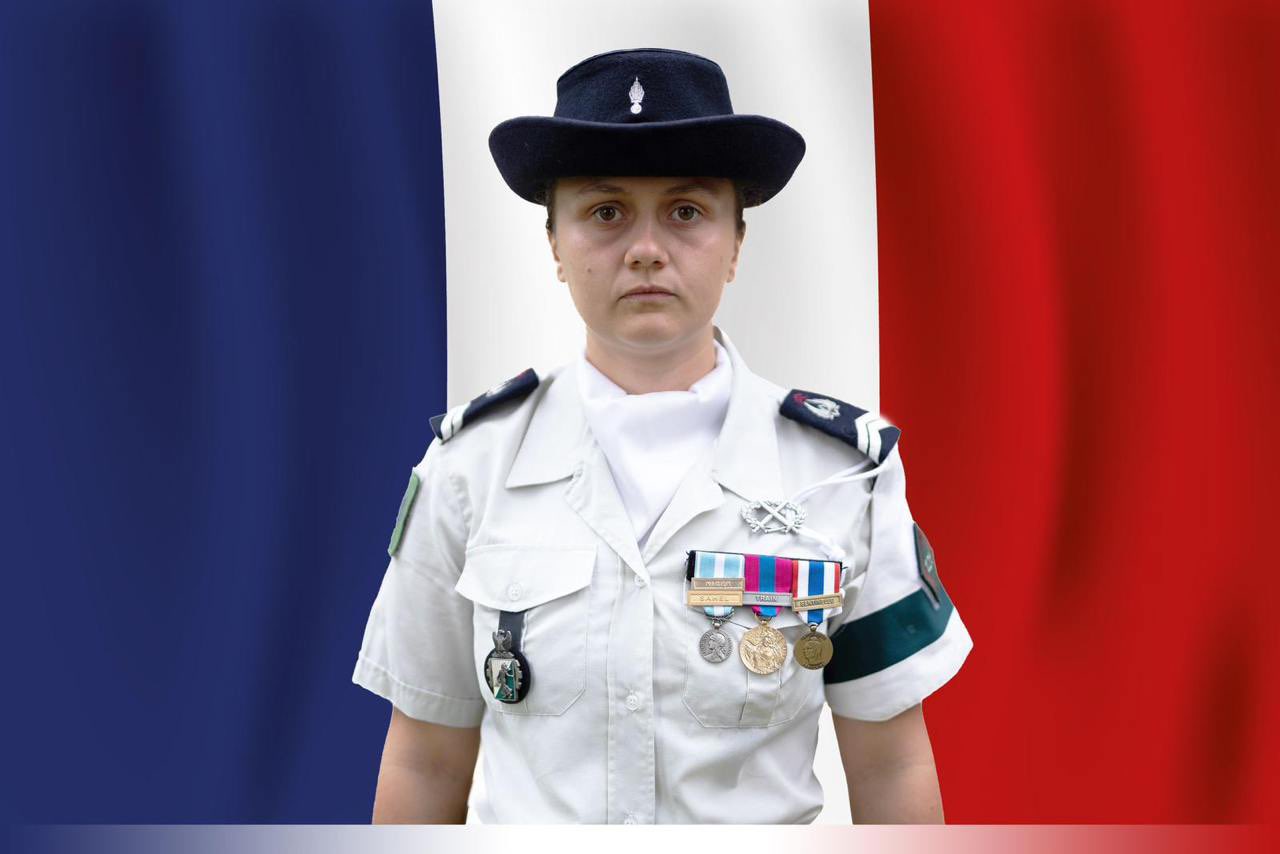International Paris Air Show Le Bourget 2015 - The French Air Force: Transforming to Prepare for the Future

Digital Issue - Armée de l'air and Centre d'études stratégiques aérospatiales - June 2015 - 120 pages
Read and download this Issue
Foreword - The Air Force Combat System - Denis Mercier - p. 7-13
The permanent commitments of the Air Force
The position of the Air Force within the framework of the permanent posture of security and nuclear deterrence in our defence structure is quite remarkable. The more so, since it is through these two missions that we enjoy our independence, freedom of action and our ability to demonstrate French values.
Maintaining reactivity in the face of the suddenness of crises, and also a capability for endurance on a number of fronts, would appear to be two quite contradictory challenges. And yet the Air Force has to deal with them permanently in order to fulfil its operational requirements.
The notion of versatility applies equally to capabilities as it does to the men and women who put them into effect. This versatility has for decades been one of the foundation stones of the structure of our forces, and is essential to ensuring the freedom of action of the military commander.
Innovation : adapting the Air Force to today's demands
The Air Force's strategic plan, Unis pour ‘faire face', which was launched in 2012, aims to give more sense to airmen's day-to-day action and to build the Air Force of tomorrow by refocusing it on operational issues.
The Cognac 2016 project and its corollary, the Fomedec armament programme, are changing the way in which aircrews and combat pilots are trained. They are the response to two major requirements : to modernise combat pilot training and have available a pool of trained aircrew who are able to meet the Air Force's operational requirements, and at the same time generate savings.
Within the framework of the Unis pour ‘faire face' strategic plan and the issues involved in establishing a baseline level of education and training, the plan for creation of a single Air Force centre for operational preparation of the combatant aims at a full rethink of the current concept of combatant preparation. It will cover the entire spectrum, from initial training to operational preparation.
The performance of the Air Force depends above all on the commitment and quality of its personnel, and on encouraging their personal development. The challenge is therefore to generate, follow-up and capitalise on the talents of each individual in order to prepare the Air Force of tomorrow by making best use of available resources.
Decentralisation of C2 to the 'full rear' is of particular relevance when planning to deploy a force (and especially its air component) that is capable of fighting in all environments, as well as being ready to respond to its needs for flexibility and reactivity. It allows all the necessary expertise to be concentrated in one place for the analysis, planning, programming and conduct of air activity.
The BA XXI project puts the mission back into the heart of the organisation by reconfirming the air base as a permanent and reactive combat system that serves the permanent missions of deterrence and protection, as well as intervention missions.
The Cap 2016 modernisation plan aims to improve the synergy between those involved in aeronautical maintenance in operational condition by developing expertise in the field, seeking margins of manoeuvre to guarantee the activity of forces, modernising the tools used and optimising the Simmad organisation, while adhering to ministerial objectives.
The prime aim of creating a Centre of military air expertise within the Air Force is the better preparation of our forces along with better adaptation of our capabilities for operations. This Centre aims to offer operational and organic commands a more compact, better-integrated and more innovative organisation which is entirely focused upon acquiring new capabilities.
Talk of a Smart Base means thoughts of how new technologies and innovative approaches might allow improvement in the operational capabilities of our bases, the quality of their support and the working and living conditions of our airmen. To achieve all these, we seek to interact with all who operate in the defence field and to open our bases more to exchanges with the civilian world.
The Air Force post-2020 : looking to the future
Since the end of the Cold War, the West has enjoyed an exceptional advantage in the air, and yet this margin of superiority is being progressively eroded. Because of this, we should no longer think of whether our Western air superiority will be challenged, but how.
The expression ' future combat air system& #39; (Scaf) describes an overall capability—a system of systems—which will allow the Air Force to preserve its superiority and to act across the entire spectrum of its missions, from protection of airspace to nuclear deterrence.
Cyberspace and Air Operations - Christophe Vilchenon - p. 86-90
In the same way that air superiority contributes enormously to the success of military operations in modern conflict, information superiority, or superiority in cyberspace, has today become a prerequisite to superiority in all other fields. Hence preserving this superiority, and preventing the adversary from attaining it, is now at the very heart of air strategy. Lire la suite
Air-Surface Integration (ASI) is a way of improving mutual support between the various components - land, sea, air and special operations. In using it, better advantage may be gained from deployed air capability and from the complementarity of those capabilities peculiar to each component, despite the current constraints regarding reduction in force size, limited budgets and the battle for resources.
When France Arms its Drones - Jean-Baptiste Jeangène Vilmer - p. 96-101
The growing and irreversible trend towards the arming of drones is raising many doubts. Since France will sooner or later have to face this controversy, we need to devise an adequate strategy for communication regarding the use of armed drones.
The renewal of the airborne component of the French deterrent is currently under examination. Discussions surrounding the issue, and in particular the possible lines to follow for modernisation - broadly, a choice between stealth and hypervelocity - bring with them a number of challenges, military, technological and industrial.
Challenges in the Use of Space for Air Operations - Xavier Pasco - p. 109-113
Space-related assets are present today in the fields of intelligence gathering, navigation and guidance for strikes, and contribute enormously to the success of air operations. Space is therefore a factor in achieving and maintaining operational superiority and is increasingly synonymous with ever more complex challenges, especially regarding the transmission and correlation of information.
Innovation in the US Air Force - Jean-Patrice Le Saint - p. 114-120
As the top air force in the world, the US Air Force has an all-powerful image, which is portrayed through the range and extent of its capabilities. Even for this highly technological force, the acceleration of progress and the increasingly rapid spread of technologies that break with tradition mean there is an urgent need to anticipate and to learn how to adapt rapidly and to do these things faster than the adversary.







